Some neurotechnologies have been received are more positively than others. For example, neurotechnology for rehabilitation is generally more appreciated than that for augmentation. Augmentative neurotechnology, such as ‘telepathic’ communication via a brain-to-brain interface, fascinates some and frightens others. Augmentative neurotechnology has also been criticized as unnatural and unnecessary. Thus, we often discuss the augmentative and rehabilitative uses of neurotechnology separately.
However, the distinction between the augmentative and rehabilitative uses of neurotechnology is not simple; A recent BBC report (BBC Click on 24 Feb 2024) made this point clearly. The report featured an AI-powered prosthetic arm for amputees of lower arm. The prosthetic forearm is controlled using electromyogram (EMG) of the user’s upper arm muscles that can respond to motor intention of the user. The EMG is picked up by a sensor armband and processed by an AI decoder to control the forearm such opening the prosthetic hand in a right timing to grasp an object. Also, sensors on the hand feedback ‘tactile’ information of the object to the user. BBC reporter Paul Carter was offered the chance to try out the system (See the picture above). Paul was born without forearms and lower legs, and was completely new to the system. It is remarkable to see him generating motor intention that he never had had such as grasping an object with one hand. After a short practice, the system learned Paul’s intention and the virtual hand moved accordingly. He described the experience as “mind bending.” It seems that the system for rehabilitation brought in an experience of augmentation.
A distinction between rehabilitative and augmentative neurotechnologies could be made at the individual level, relative to the individual’s idea of ‘100%’ in biological functions. However, this means that the same technology could be rehabilitation for some and augmentation for others. Also, the same technology could change its meaning within an individual, e.g., from augmentative to rehabilitative with aging. We need to keep this relative nature of the distinction in mind when discussing the augmentative and rehabilitative uses of neurotechnology.


